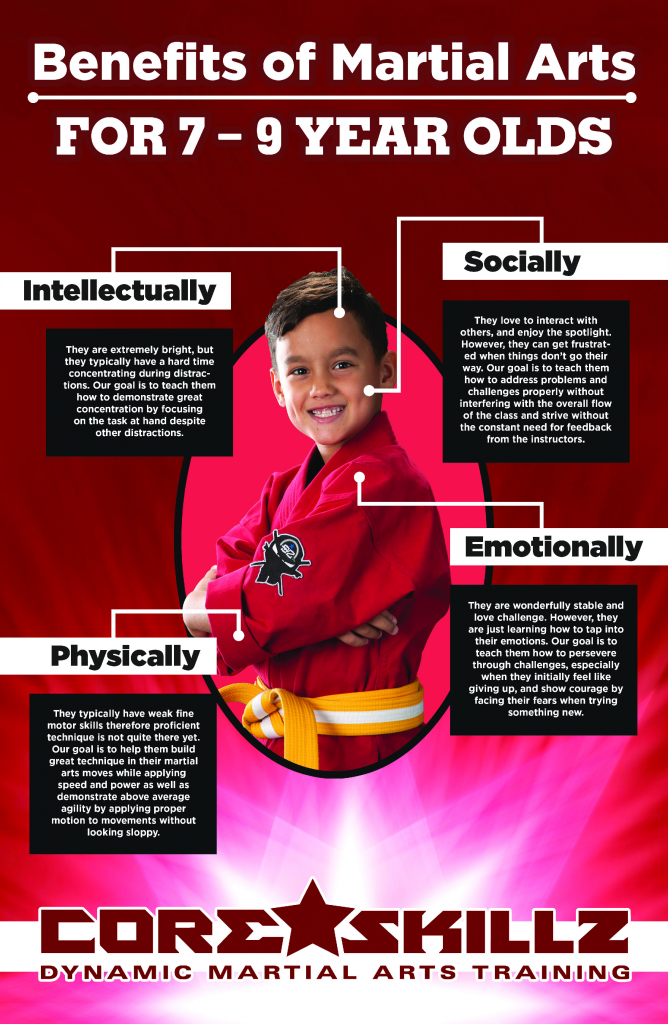Discovering The Rich Heritage And Spiritual Capacities Of Martial Arts
Discovering The Rich Heritage And Spiritual Capacities Of Martial Arts
Blog Article
Author-McGrath Stokes
Enter the ancient world where martial arts were substantiated of necessity in diverse areas. Societies crafted one-of-a-kind battling designs linked with historical contexts. Techniques developed over centuries via dedicated technique and cultural exchanges. Today, contemporary martial arts mix conventional elements for maximum performance. Philosophically, martial arts stress self-control, self-improvement, and harmony. Regard, humbleness, and balance are foundational principles directing professionals towards growth and durability. Check out the depths of this rich history and ideology to reveal the extensive impacts forming this enduring discipline.
Beginnings of Fighting Style
Martial arts originated in various regions worldwide, developing as functional fight systems to defend against hazards. These ancient battling styles were established out of necessity, with each culture crafting strategies suited to their distinct atmospheres and challenges. From the grappling arts of Jujutsu in Japan to the striking techniques of Martial art in China, martial arts were deeply intertwined with the historic, social, and social fabric of their corresponding cultures.
In Japan, the samurai class polished martial arts like Kenjutsu, the art of the sword, which later on developed into the more popularized type of Kendo. Meanwhile, in Brazil, Capoeira became a mix of dancing and battle, developed by enslaved Africans as a method to stand up to injustice. Each fighting style lugs with it an abundant background and approach, showing the worths and beliefs of the people who exercised them.
As you look into the beginnings of martial arts, you discover a tapestry of human ingenuity, durability, and the unyielding spirit of warriors throughout time.
Evolution of Methods
Via centuries of technique and refinement, battle techniques within numerous martial arts have undergone an extensive development. From old designs like Martial art and Karate to a lot more contemporary self-controls such as Brazilian Jiu-Jitsu and Krav Maga, the development of techniques has actually been driven by a combination of social impacts, functional applications, and technical improvements.
One substantial facet of this development is the cross-pollination of methods between different martial arts. For instance, strategies from standard Japanese Jiu-Jitsu were integrated into the development of Judo by Jigoro Kano in the late 19th century. https://www.cbr.com/daniel-larusso-father-the-karate-kid/ blending of styles has brought about the advancement of crossbreed martial arts like Mixed Martial Arts (MMA), which combine aspects of striking, grappling, and entry methods.
In addition, the advancement of methods has actually been shaped by the boosting emphasis on performance and effectiveness in fight. Professionals have continuously sought to improve their methods via extensive training, testing, and competitors, causing the growth of extremely specialized and effective combating styles. Generally, the development of methods in martial arts mirrors the vibrant nature of fight and the ongoing mission for improvement and advancement.
Philosophical Foundations
Exploring the underlying thoughtful concepts of martial arts provides insight right into their core worths and leading beliefs. At the heart of many martial arts techniques is the idea of technique itself. By training your mind and body to act as one cohesive device, you grow technique that prolongs past the dojo or gym into everyday life. https://emilianovcglq.thelateblog.com/28164634/establish-psychological-determination-and-self-assurance-with-self-defense-education-and-learning-taking-advantage-of-a-potent-storage-tank-of-inner-strength-see-firsthand-the-favorable-effect-it-carries-your-life -control encompasses respect, humbleness, and self-control, shaping not just your physical capacities yet also your character.
Another essential philosophical structure in martial arts is the idea of continuous self-improvement. The trip of grasping a martial art is nonstop, with practitioners continuously making every effort to far better themselves, both physically and mentally. This focus on growth cultivates strength, perseverance, and a development frame of mind that can be related to all facets of life.
Moreover, martial arts emphasize the importance of harmony and equilibrium. Techniques are developed to use a challenger's energy against them, highlighting the principle of yielding and rerouting force instead of satisfying it head-on. This philosophy encompasses interpersonal partnerships, promoting peaceful resolutions and good understanding. By accepting these thoughtful structures, martial artists not just improve their fight skills but also cultivate a lifestyle fixated personal development, respect, and harmony.
Conclusion
In conclusion, the history and viewpoint of martial arts provide a rich tapestry of custom, discipline, and self-improvement.
Consider what does mixed martial arts include of Bruce Lee, who revolutionized martial arts by blending different styles and ideologies to develop his very own unique form of Jeet Kune Do.
Via dedication and development, martial artists continue to push borders and motivate others to reach their full possibility both in fight and in life.
